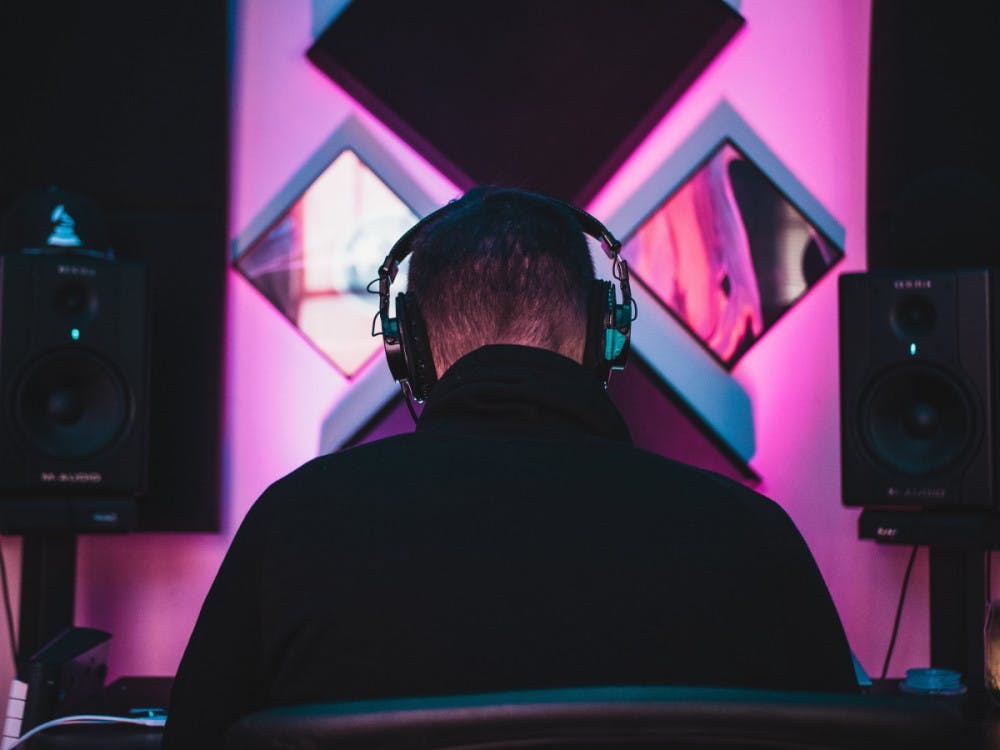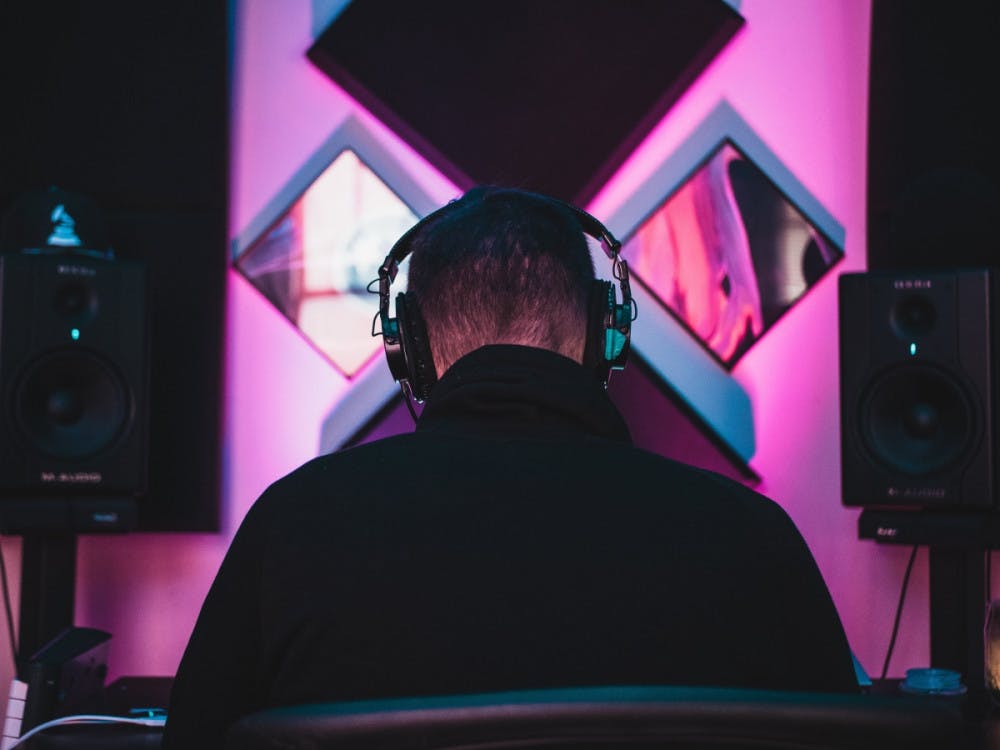
I’d like to talk to you today about where your money really goes when you pay for a music streaming service. It probably seems like everyone you know uses Spotify. It isn’t even just a music streaming service, it’s kind of a social media platform as well. You can follow your friends and watch what
they listen to. The platform makes it incredibly easy to share links or embed songs so you can distribute them among your friends.
Spotify even provides each listener profile with their own personalized playlists and promotional products. Instagram is absolutely flooded with Spotify Wrapped photos as soon as it’s released to listeners. To add to that never before has it been so easy to listen to music. All you need is your phone and sometimes a wireless connection and you have access to a library of music that the audiophiles from the 1980’s couldn’t even dream of.
So, what's the problem?
So artists must make a ton of revenue off of this incredibly engaging, readily available media, right? Sadly, that couldn’t be farther from the truth. According to Statista Research Department, Spotify had 172 million premium subscribers at the end of the second quarter of 2021. That doesn’t even include people who don’t pay for the service and choose to view advertisements instead. Not only does the service have a huge listener base already, but it continues to rapidly grow and increase in popularity with time. Statista Research Department also reports that Spotify generated almost 9 billion dollars in 2020, mostly from premium listeners rather than ad revenue.
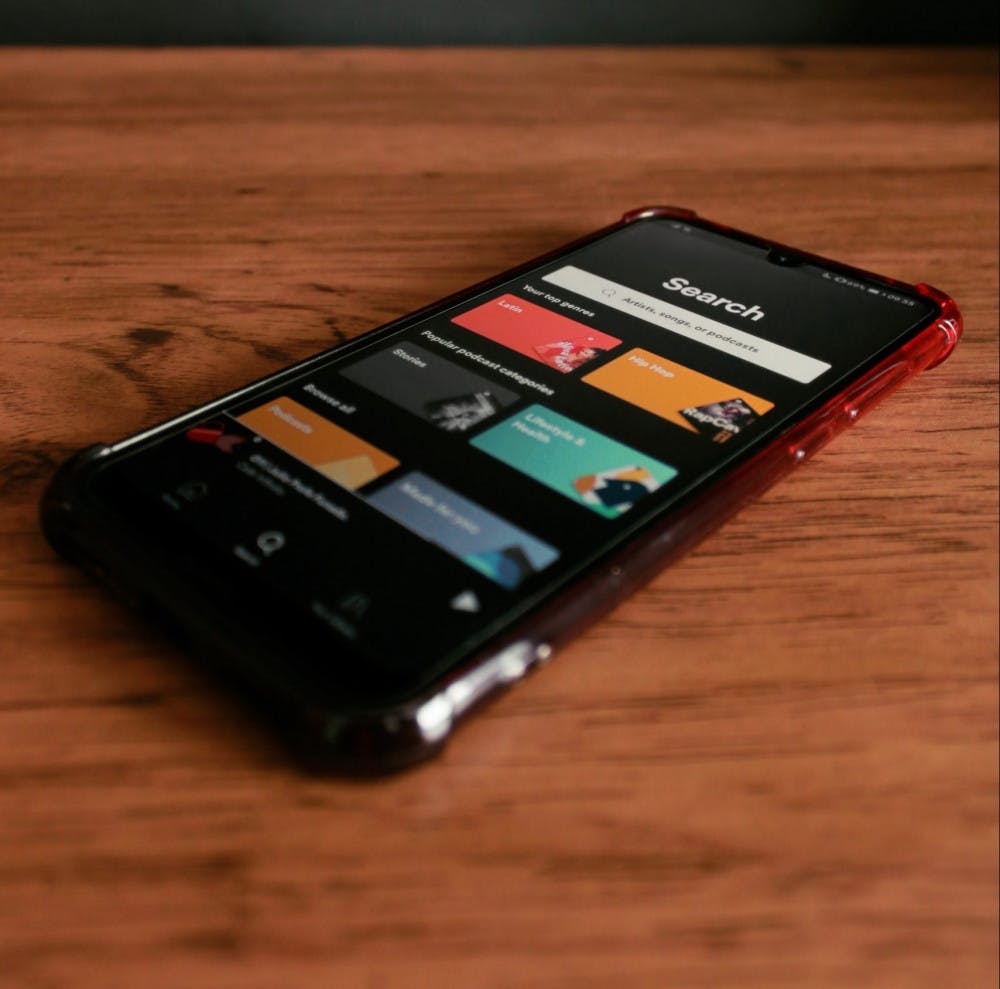
One would think that must mean that the artists see a significant amount of cash, but the system isn’t built to benefit the artist. To understand
where the revenues go, we’re going to take a closer look at what happens to Spotify’s money after the customer pays their subscription fee.
According to a 2021 article by Jie Yee Ong, Spotify currently claims to pay about $0.00348 per stream on each song. A stream counts as anytime a listener plays a song for 30 seconds or more. You’re probably thinking that less than a cent doesn’t seem like a lot, but it might add up for popular artists. But it isn’t that simple. Artists don’t just receive that payout, it gets further divided up, too.
Ong continues in his article to walk us through the path that revenues follow from the payout rate to the artist. It can vary by each band and record deal, but from there, the profits are divided to pay royalties first, then the record label, songwriters, composers, producers, any other people who have negotiated their way into the deal, and finally, to artists. So in essence, your favorite band isn’t receiving even a part of a cent when you listen to their newest album.
But how is this different from the way that physical record sales work?
With physical mediums like CDs, vinyl, and cassette tapes, the initial portion of the record deal remains similar. As described by Recording Connection, the label gives an advance to an artist to record their music, which is essentially a loan that allows the artist to afford recording costs. This isn’t just free money, though. An artist is obligated to pay back every cent of their advance.
Because of this, many successful bands never see a single cent of the profits.
The amount that the label pays per CD or pressing made varies based on how many copies are being produced overall, but they are usually only up to a couple of dollars. So why do you pay upwards of 20, 30, or even 40 dollars to buy a physical copy of an album? Well, first of all, the retailer needs to make some sort of a profit off of the sale, so that gets taken out of the profits before even getting passed along to anyone. Then the record company takes a cut, which is usually around $10.00 per CD. From there, the remaining percentage of the price is distributed according to contracts between artist, producer, label, composers, songwriters, and everyone else involved in the process.
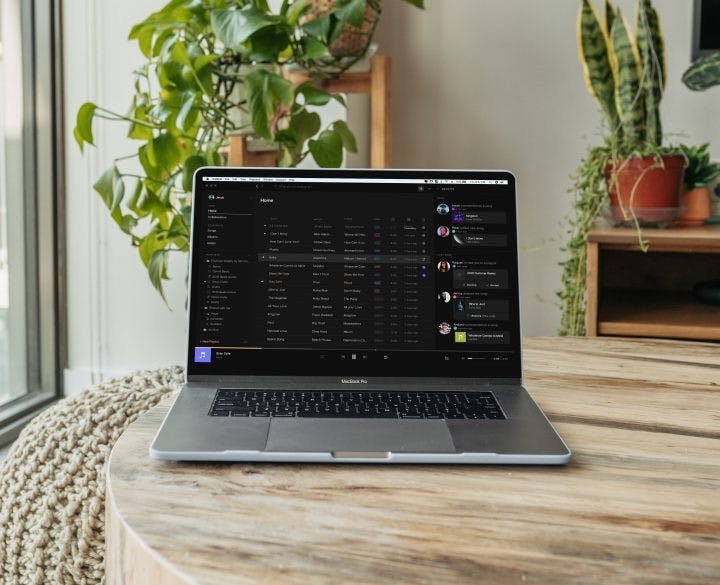
Recording Connection gives a short, surface-level example of this by saying that many artists will sell about a million units, and with record companies grossing around 10 dollars a CD, they could make around 10 million dollars off of that CD. Once all royalties and other percentages are paid, the label would probably walk away with around 6 million dollars assuming standard contract terms, plus the advance paid to the artist, which for this size of a deal may be up to around 1 million dollars. From all of this, the artist would probably pocket around $300,000.
Applying this to a streaming example, an artist owing a 1 million dollar advance that got a million streams at the rate Spotify pays would generate 3,480 dollars for their label. Those 6 million dollars the label kept looks like 2,088 dollars, and the 300,000 that the artist earned turns into 1,044 dollars plus a million dollars in debt. So as you can see, not all listening mediums are created equal. That’s not to say that artists can’t make money off of a streaming service, but it takes a lot more streaming than it does physical music sales to turn a profit.
Another important part of this equation to consider is that streaming services greatly shorten our attention spans to music and make it much more accessible.
Not only is it incredibly easy now to switch from one artist to another, but there are also thousands of artists that you wouldn’t blink twice at in a record store that all of a sudden you see pop up on a curated Spotify playlist and give a chance. It may seem like this would generate more money for artists and make it easier to be discovered as a smaller artist, but it actually floods us with too much information to the degree that people are too overwhelmed by all of the choices they have and instead choose not to listen to music or to go back to whatever they know they’ll like.
Sadly, this isn’t even the extent of the evils of streaming. Of course, companies like Spotify are in it to make money and judging by the way their business is structured, it’s clear that the artists aren’t a priority, but some actions by streaming companies have shown this to an extreme. Ever since Metallica’s run with Napster, lawsuits between artists and online music streaming services have popped up and been points of tension in the industry, but rarely do they involve a company essentially suing every single artist.
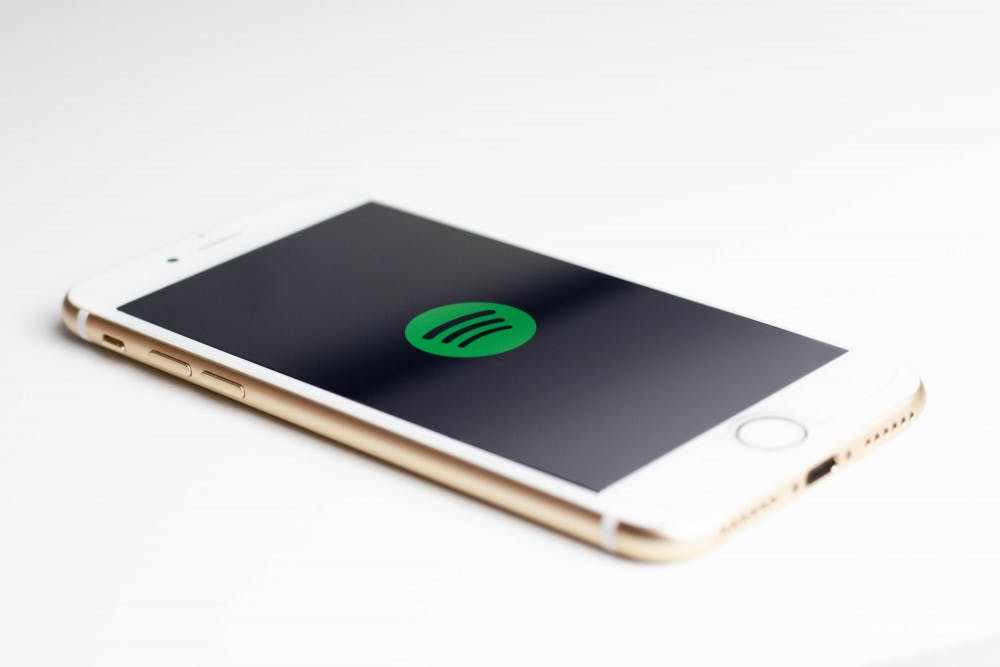
According to Tim Ingham’s article from 2019, the Copyright
Royalty Board ruled that royalty rates for streaming services paid to songwriters would rise by 44% over the following five years. Recall the rates from earlier, and you’ll realize this mean44% of less than a cent. However, Spotify and Amazon Music were angered by this ruling and
lodged complaints against the ruling. Ingham goes on to describe the National Music Publishers’ Association’s reaction to this appeal, who stated that this “huge victory for songwriters is now in jeopardy” because of the actions by these streaming services.
The NMPA’s President and CEO went on to say that this law had been a chance at hope for better relations between these services
and the artists on them, but that the companies had lost any chance at any improvement. In short, Spotify and Amazon Music essentially attempted to sue songwriters. If you’re upset about this after hearing it, you’re not alone. Many fans, artists, and music enthusiasts hold the same opinions. Unfortunately, there isn’t much promise that streaming will
disappear or even slow down in the coming years, but there are a few things that you as an individual can do to support the artists you care about.
First of all, you are completely in control of the services and mediums you choose to listen to music through. One easy way to support bands you care about is to listen the old-fashioned way. Go buy records, CDs, and cassette tapes and set up a home stereo. Not only does this benefit artists more, but it also supports local music industry stores, oh, and everyone thinks it’s super dope. If you still want to stick to streaming or a combination of streaming and physical albums, you can choose to use smaller services that typically treat artists better.
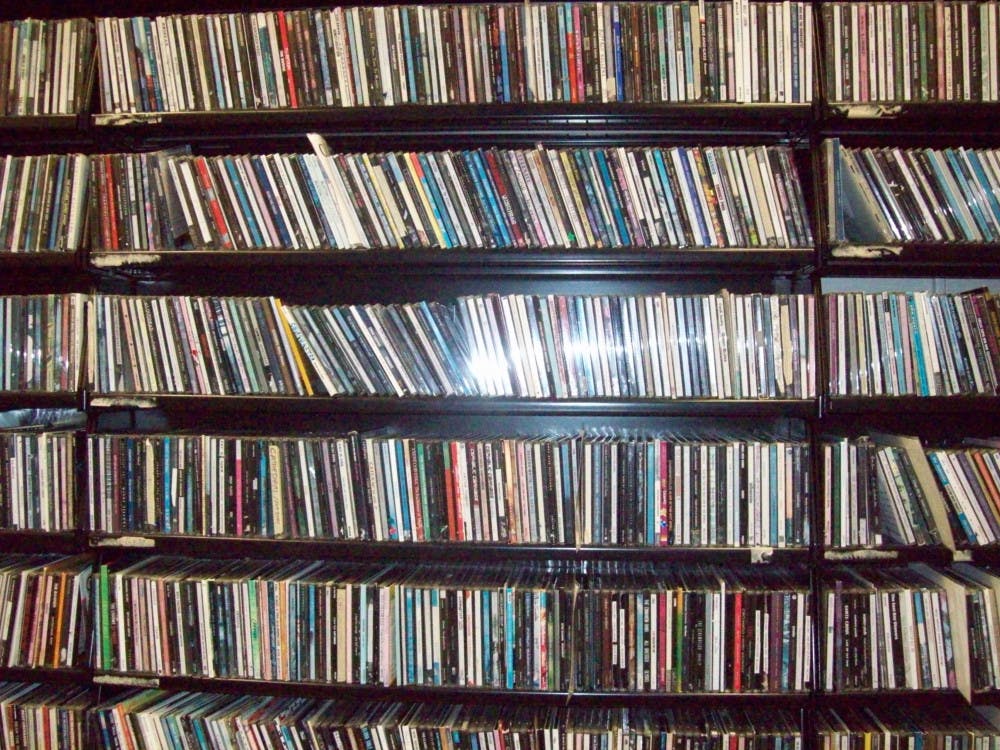
Of the main services, Apple Music tends to be a friendlier one, being one of the few services that accepted the decision to raise their rates following the previously mentioned ruling, and Amazon Music Unlimited tends to be one of the pay leaders in the market, according to SoundCharts. And, if you know a local artist, make sure to go to their shows and purchase physical items and merchandise if you can, as bands can still make money off of shows and merchandise sales. Whether we like it or not, streaming is certainly the future of music, and that doesn’t look like it’ll be changing for awhile, but you can do your part until then.
Keep up with DJ Punky at her Instagram here!
Wrapped photos as soon as it’s released to listeners. To add to that, never before has it been so
easy to listen to music. All you need is your phone and sometimes a wireless connection and you
have access to a library of music that the audiophiles from the 1980’s couldn’t even dream of. So
artists must make a ton of revenue off of this incredibly engaging, readily available media, right?
Sadly, that couldn’t be farther from the truth.
According to Statista Research Department, Spotify had 172 million premium subscribers at the
end of the second quarter of 2021. That doesn’t even include people who don’t pay for the
service and choose to view advertisements instead. Not only does the service have a huge listener
base already, but it continues to rapidly grow and increase in popularity with time. Statista
Research Department also reports that Spotify generated almost 9 billion dollars in 2020, mostly
from premium listeners rather than ad revenue. One would think that must mean that the artists
see a significant amount of cash, but the system isn’t built to benefit the artist. To understand
where the revenues go, we’re going to take a closer look at what happens to Spotify’s money
after the customer pays their subscription fee.
According to a 2021 article by Jie Yee Ong, Spotify currently claims to pay about $0.00348 per
stream on each song. A stream counts as anytime a listener plays a song for 30 seconds or more.
You’re probably thinking that less than a cent doesn’t seem like a lot, but it might add up for
popular artists. But it isn’t that simple. Artists don’t just receive that payout, it gets further
divided up, too. Ong continues in his article to walk us through the path that revenues follow
from the payout rate to the artist. It can vary by each band and record deal, but from there, the
profits are divided to pay royalties first, then the record label, songwriters, composers, producers,
any other people who have negotiated their way into the deal, and finally, to artists. So in
essence, your favorite band isn’t receiving even a part of a part of a cent when you listen to their
newest album. But how is this different from the way that physical record sales work?
With physical mediums like CDs, vinyl, and cassette tapes, the initial portion of the record deal
remains similar. As described by Recording Connection, the label gives an advance to an artist
isn’t just free money, though. An artist is obligated to pay back every cent of their advance.
Because of this, many successful bands never see a single cent of the profits.
The amount that the label pays per CD or pressing made varies based on how many copies are
being produced overall, but they are usually only up to a couple dollars. So why do you pay
upwards of 20, 30, or even 40 dollars to buy a physical copy of an album? Well, first of all, the
retailer needs to make some sort of a profit off of the sale, so that gets taken out of the profits
before even getting passed along to anyone. Then the record company takes a cut, which is
usually around $10.00 per CD. From there, the remaining percentage of the price is distributed
according to contracts between artist, producer, label, composers, songwriters, and everyone else
involved in the process.
Recording Connection gives a short, surface-level example of this by saying that many artists
will sell about a million units, and with record companies grossing around 10 dollars a CD, they
could make around 10 million dollars off of that CD. Once all royalties and other percentages are
paid, the label would probably walk away with around 6 million dollars assuming standard
contract terms, plus the advance paid to the artist, which for this size of a deal may be up to
around 1 million dollars. From all of this, the artist would probably pocket around $300,000.
Applying this to a streaming example, an artist owing a 1 million dollar advance that got 1
million streams at the rate Spotify pays would generate 3,480 dollars for their label. That 6
million dollars the label kept looks like 2,088 dollars, and the 300,000 that the artist earned turns
into 1,044 dollars plus a million dollars in debt.
So as you can see, not all listening mediums are created equal. That’s not to say that artists can’t
make money off of a streaming service, but it takes a lot more streaming than it does physical
music sales to turn a profit.
Another important part of this equation to consider is that streaming services greatly shorten our
attention spans to music and make it much more accessible. Not only is it incredibly easy now to
switch from one artist to another, but there are also thousands of artists that you wouldn’t blink
twice at in a record store that all of a sudden you see pop up on a curated Spotify playlist and
give a chance. It may seem like this would generate more money for artists and make it easier to
be discovered as a smaller artist, but it actually floods us with too much information to the
degree that people are too overwhelmed by all of the choices they have and instead choose not to
listen to music or to go back to whatever they know they’ll like.
Sadly, this isn’t even the extent of the evils of streaming. Of course, companies like Spotify are
in it to make money, and judging by the way their business is structured, it’s clear that the artists
since Metallica’s run with Napster, lawsuits between artists and online music streaming services
have popped up and been points of tension in the industry, but rarely do they involve a company
essentially suing every single artist. According to Tim Ingham’s article from 2019, the Copyright
Royalty Board ruled that royalty rates for streaming services paid to songwriters would rise by
44% over the following five years. Recall the rates from earlier, and you’ll realize this means
44% of less than a cent. However, Spotify and Amazon Music were angered by this ruling and
lodged complaints against the ruling. Ingham goes on to describe the National Music Publishers’
Association’s reaction to this appeal, who stated that this “huge victory for songwriters is now in
jeopardy” because of the actions by these streaming services. The NMPA’s President and CEO
went on to say that this law had been a chance at hope for better relations between these services
and the artists on them, but that the companies had lost any chance at any improvement. In short,
Spotify and Amazon Music essentially attempted to sue songwriters.
If you’re upset about this after hearing it, you’re not alone. Many fans, artists, and music
enthusiasts hold the same opinions. Unfortunately, there isn’t much promise that streaming will
disappear or even slow down in the coming years, but there are a few things that you as an
individual can do to support the artists you care about.
First of all, you are completely in control of the services and mediums you choose to listen to
music through. One easy way to support bands you care about is to listen the old-fashioned way.
Go buy records, CDs, and cassette tapes and set up a home stereo. Not only does this benefit
artists more, but it also supports local music industry stores, oh, and everyone thinks it’s super
dope. If you still want to stick to streaming or a combination of streaming and physical albums,
you can choose to use smaller services that typically treat artists better. Of the main services,
Apple Music tends to be a friendlier one, being one of the few services that accepted the decision
to raise their rates following the previously mentioned ruling, and Amazon Music Unlimited
tends to be one of the pay leaders in the market, according to SoundCharts. And, if you know a
local artist, make sure to go to their shows and purchase physical items and merchandise if you
can, as bands can still make money off of shows and merchandise sales.
Whether we like it or not, streaming is certainly the future of music, and that doesn’t look like
it’ll be changing for awhile, but you can do your part until then.

I'm DJ Punky, the one and only host of It's Just A Phase, your teen music specialty show. I'm not a teen anymore, but I'm a little emo who never quite grew up. I'm also the Station Manager here at WUSC for the 2022-2023 term, so if you ever want to meet me, I'll be at our events! I'm a record collector, ironic dresser, industrial music lover, emo enthusiast, converse collector, piercing fanatic, and of course, a DJ! It's Just A Phase features music that's the stuff you know your parents wouldn't listen to. I've always loved weird music, the kind of stuff that mostly teenagers listen to and think they're edgy and unique for. My show is made up of music that, in some way, is about or essential to teens. If it inspired a teen movement, like glam metal, I'll play it. If it's a stereotypically teen sound, like pop punk, I'll play it. If it's something super weird and out there and I'm the only listener on Spotify, I'll play it. If it's emo, I'll definitely play it. My classic line when someone asks me to describe my show is "Imagine you walk into a teenager's bedroom and ask what they're listening to. If they'd tell you that you wouldn't understand, that's what I'll play." So if you're here for the weird, wacky, and wonderful, listen to It's Just A Phase.

